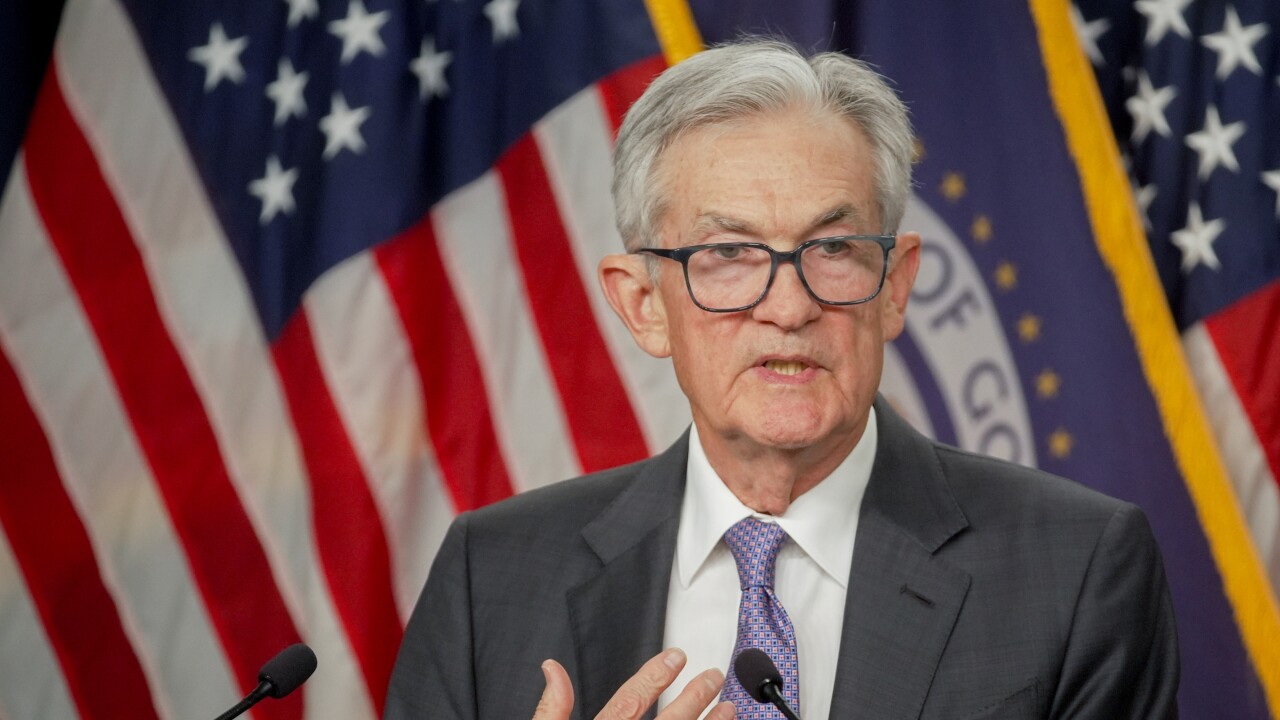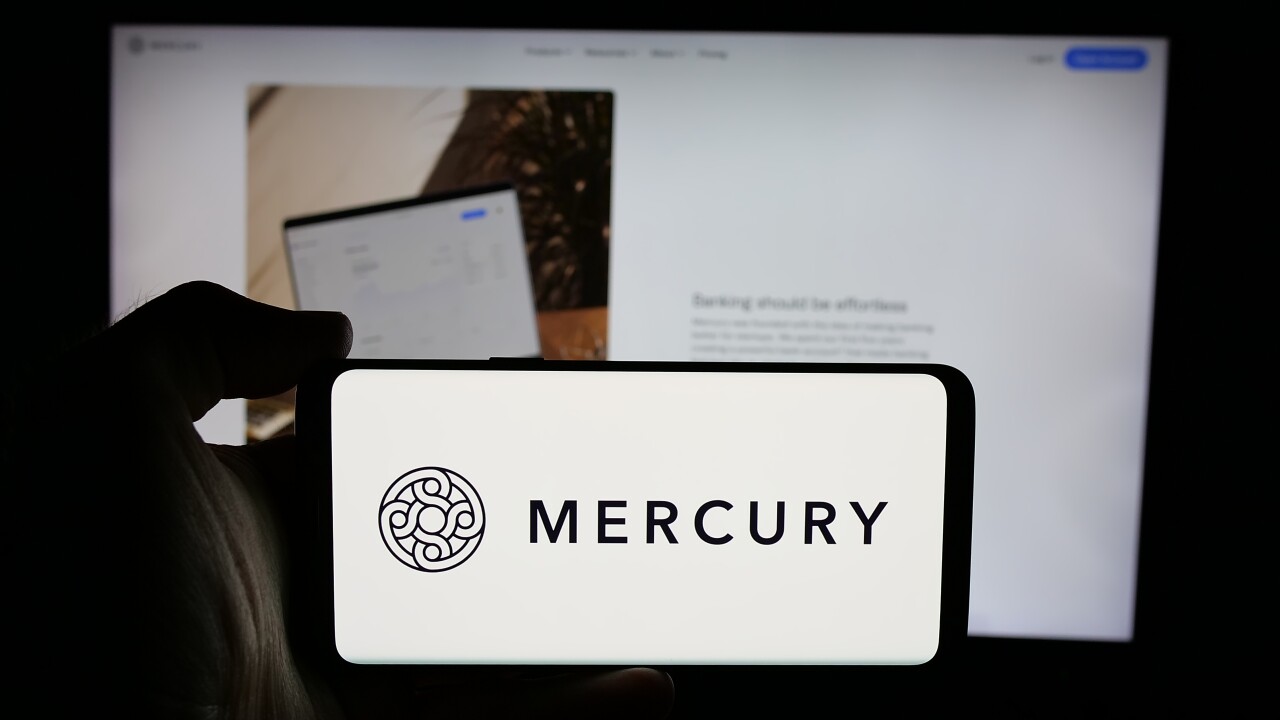
Societe Generale will become an early mover among major banks when it issues a dollar-backed stablecoin in July, with additional traditional financial institutions expected to follow. These banks will have their work cut out for them, facing a stablecoin market with established specialist issuers, early payment uses that fall outside traditional banking and a need to build larger scale than a single bank can likely provide.
"I doubt anybody at early
"The most compelling stablecoin use cases will be in markets or sectors where existing digital payment systems don't serve well," Grover said.
What are Societe Generale's plans?
USD CoinVertible is the bank's second stablecoin, joining the Euro-backed EUR CoinVertible. By adding a dollar-backed stablecoin, the bank hopes to support a wider range of client activities, such as cross-border payments, foreign exchange transactions and cash management, the bank said. The stablecoin's collateral and valuation will be disclosed daily on the website of SG-Forge, Societe Generale's cryptocurrency unit. BNY will be the reserve custodian.
Both Societe Generale stablecoins are compliant with Europe Markets in Crypto-assets (MiCA), the European cryptocurrency regulation that stablecoin issuers have pointed to as a key move to give
The GENIUS Act and MiCA govern consumer protections and the reserve assets that back stablecoins, and are designed to provide a basis for users to redeem their stablecoins if the issuer faces economic difficulties.
"After the release of a MiCA-compliant EUR stablecoin, the launch of a U.S. Dollar version was the obvious next step for Societe Generale," said Jean-Marc Stenger, Chief Executive Officer of Societe Generale–Forge, in a release. "The stablecoin market remains largely U.S. dollar denominated. This new currency will enable our clients, either institutions, corporates or retail investors, to leverage the benefits of an institutional-grade stablecoin."
The pressure on banks
Stablecions are expanding quickly. There were $719 billion in monthly stablecoin transfers, the highest on record, according to Coinbase's State of Crypto 2025 report, which was issued Tuesday. Coinbase's report also found that 81% of small to medium sized business executives want to use stablecoins to lower payment costs and boost speed, and 90% of Fortune 500 executives say clear U.S. regulation is critical for innovation.
Among U.S.-based banks, a group of institutions is reportedly developing a stablecoin, including Bank of America, JPMorganChase and other large banks that manage Early Warning, the technology company that operates the transfer app Zelle and digital wallet Paze. Early Warning did not comment on the stablecoin, which would attempt to provide a network effect by pooling large international banks.
"The biggest question for stablecoins will be scale: How quickly can you drive aggressive adoption?" Tony DeSanctis, senior director of Cornerstone Advisors, told American Banker, adding that it will take massive scale to compete with existing players like
"It will be very challenging for a single bank or even fintech stablecoin to enter the market unless it integrates unique capabilities like smart contracts or other functionality into the platform," DeSanctis said.
Also, many consumers and businesses in countries with debased national currencies and weak domestic payment systems would love to conduct business and their personal affairs in dollar stablecoins, Grover said. "There are likely interesting cross-border stablecoin payments opportunities, making P2P, B2B, and P2B payments in some cross-border sectors more efficient. None of these opportunities, however, strike me as areas where a large conservative French bank will be a pioneer."
Societe Generale's announcement does demonstrate two important dynamics in the market for dollar-denominated stablecoins, Duane Block, Accenture Digital Assets lead, told American Banker.
"First, dollar-denominated stablecoin issuers are not necessarily headquartered in the United States. This highlights the global landscape for issuance and underscores the worldwide demand for U.S. dollars," Block said. "Second, the use cases and benefits of stablecoins expand as additional currencies are introduced. Issuers with stablecoins denominated in multiple fiat currencies are likely to continue innovating in areas such as foreign exchange and cross-border payments."
The introduction of a bank-issued stablecoin is likely to act as a catalyst for existing stablecoin issuers to ensure they are meeting the highest standards for reserve transparency and risk management, according to Block. "At the same time, the stablecoin market is expected to continue its rapid growth, highlighting the increasing need for interoperability across a growing class of regulated, properly backed, dollar-denominated stablecoins."






